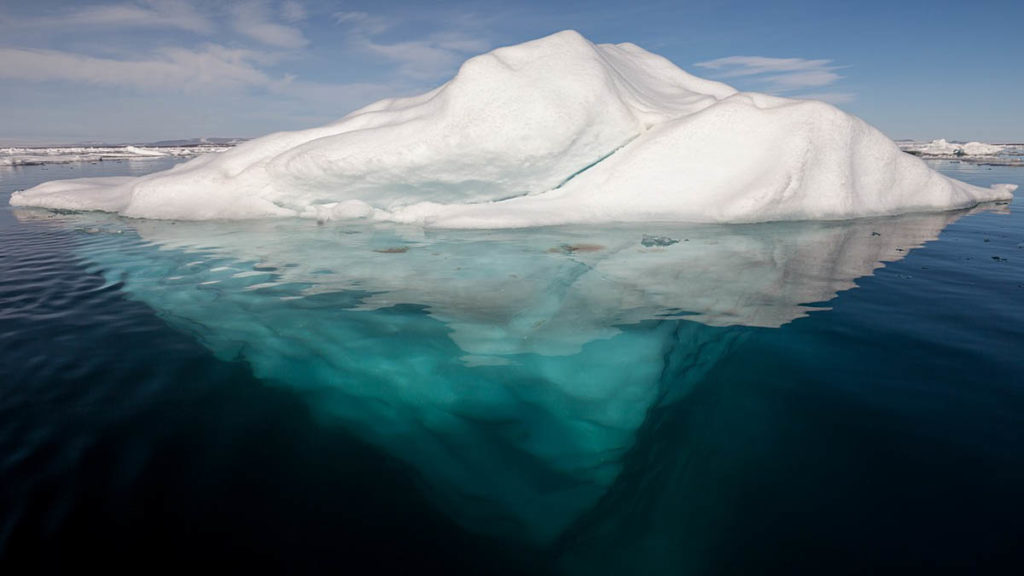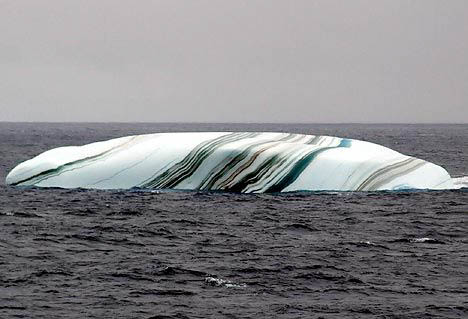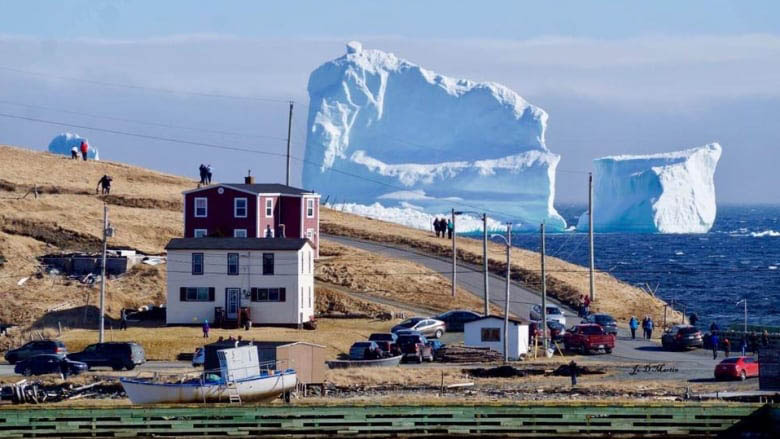“Iceberg Alley” is a long stretch of water that flows from the Arctic to Newfoundland. “Iceberg Alley” is home to south-floating icebergs in the spring and summer that have melted off the coast of Greenland’s glaciers, driven down Baffin Bay with north / south currents and into the Labrador Sea, where some of them melt in the warmer waters. Many of them travel past Newfoundland further south and this makes for a photographer’s haven. April and May are the months when icebergs are the most abundant, but they sometimes can get trapped in the sea ice, so for the best iceberg viewing time (if visiting Newfoundland) is suggested to visit in late May and early June.

Many tour operators across the province offer boat tours aimed at showing you the icebergs at their best. Kayaking is another way to see the icebergs “up close and personal”, but caution is advised to kayakers as icebergs can be unpredictable which makes it difficult to navigate near them. When observing icebergs from the sea, you should keep a reasonable distance, equivalent to the length of the iceberg or twice its height, whichever is greater. Any closer and there is a risk of falling ice, large waves and underwater hazards. For your protection it is strongly recommended to keep a healthy distance.

These large blocks of ice are around 10,000 years old. It is estimated every year that approximately 400 to 800 drift past Newfoundland and come in all sizes. The average speed of travel is 0.4 MPH. The word iceberg originates from the Dutch word “ijsberg”, meaning “ice mountain”.
Much of an iceberg is beneath the surface that led to the expression “tip of the iceberg” to illustrate a small portion of a larger unseen problem. Icebergs are seen as a major maritime threat. The loss of the “unsinkable” RMS Titanic in 1912 is a perfect example. After the Titanic disaster, The United States Navy patrolled the waters and tracked ice movement for the remainder of that year’s ice season. The International Conference on the Security of Life at Sea, convened in London in November 1913 to formulate a more comprehensive iceberg observation scheme. Within 3 months “International Ice Patrol” was created and their mission was to collect data on oceanography to measure currents, ice-flow, ocean temperature, and salinity levels and then relayed that information to the maritime community.
The icebergs’ visible “tops” usually range from 1 to 75 metres (3 to 200 ft) above sea level and weigh between 100,000 and 200,000 metric tonnes. The largest known iceberg in the North Atlantic, recorded by the USCG icebreaker Eastwind in 1958, was 168 metres (551 ft ) above sea level, making it the height of a 55-story building.
An iceberg produces a fizzing sound called the “Bergie Seltzer” as pieces of the iceberg ice melts. This sound results when the water-ice interface reaches bubbles of compressed air trapped within the ice. As this happens every bubble bursts, causing a “popping” sound.

Icebergs are usually white because they are coated in snow but can be green, blue, yellow, purple, striped or even rainbow-colored. Seawater, algae and lack of air bubbles in the ice can produce a range of colours.
The US National Center, established in 1995, tracks icebergs around the world and creates, analyses and predicts the iceberg waters of Arctic, Antarctic, Great Lakes and Chesapeake Bay ice conditions. More than 95 percent of the data used in its analyses of sea ice are obtained from remote sensors on polar-orbiting satellites that survey these Earth’s remote regions.
The tiny hamlet of Ferryland in Newfoundland with a population of 414 went viral very quickly in 2017 due to an iceberg that got stuck in shallow water. It happened to be Easter weekend and traffic was backed up everywhere with people wishing to see the iceberg and take photographs.
In Labrador and Newfoundland, Icebergs are so abundant that they are used in the production of Iceberg Vodka, gin, rum and in Berg beer. Brewers at the Quidi Vidi Brewing Company in Newfoundland turn chunks of old, compacted snow into a lager, appropriately named Iceberg Beer.
Planning an Iceberg trip to Newfoundland? There are 5 places recommended to see the icebergs: Signal Hill, Cape Race Lighthouse, Cape Spear, Twillingate Lighthouse and Point Amour Lighthouse, and while there you may want to try an “Iceberg Beer”.






